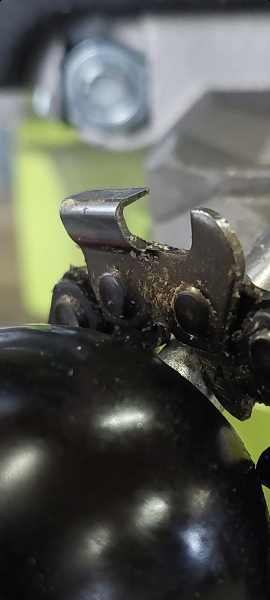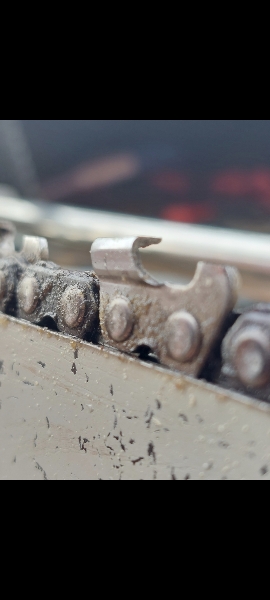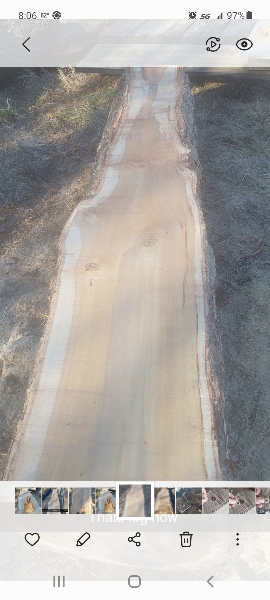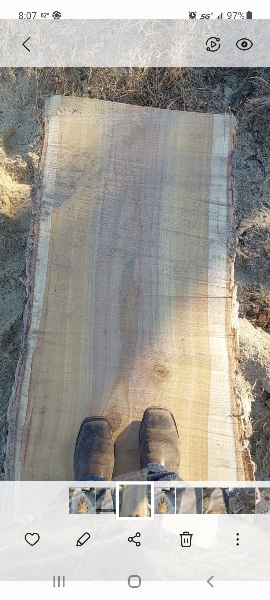Im needing some advise/info help. I'm still learning the milling more and more everyday. I've just tackled my biggest cut so far. It's a 31" cottonwood that I had to debark to get my mill on at 29 inches.
Ik it's a slow go and all but it seems like I find myself pushing more than I think should.
I even even swapped out my fresh sharpened chain after 2 cuts and put on a new Bailey's ripping chain and it seemed dull. It acts just like I've made several cuts in my oaks w/o sharpening.
So my question is, is it because of the size of the log or the water content in a cottonwood or is just me thinking I need to push harder??

Sent from my SM-A526U using Tapatalk
Ik it's a slow go and all but it seems like I find myself pushing more than I think should.
I even even swapped out my fresh sharpened chain after 2 cuts and put on a new Bailey's ripping chain and it seemed dull. It acts just like I've made several cuts in my oaks w/o sharpening.
So my question is, is it because of the size of the log or the water content in a cottonwood or is just me thinking I need to push harder??

Sent from my SM-A526U using Tapatalk













